A Blueprint for Digital Success: Crafting Compelling Content and Optimizing for Search
In the ever-evolving landscape of the internet, a website’s success hinges on two critical pillars: compelling content and effective search engine optimization (SEO). While they are often viewed as separate disciplines, they are, in fact, two sides of the same coin. Compelling content is what engages and informs your audience, and SEO is the tool that ensures your audience can actually find it. This report will provide actionable tips on how to master both, transforming your blog from a quiet corner of the web into a thriving hub of information and authority.
I. Crafting Content That Captivates and Converts
The art of writing compelling content is a deeply human endeavor. It’s about connecting with your audience on an emotional and intellectual level, providing value that solves their problems, and ultimately, building trust.
- The Power of Storytelling: Humans are hardwired for stories. Incorporate personal anecdotes, customer success stories, or even fictional narratives to illustrate your points. A compelling story not only makes your content more memorable and shareable but also helps to forge a deeper, emotional connection with your audience.
- Provide Real Value: Your content must be useful. Whether you’re providing practical tips, educating your readers on a complex topic, or simply entertaining them, the goal is to enrich their lives. Focus on answering their questions and solving their problems. When your audience perceives your content as valuable, they will be more likely to engage, share, and return for more.
- Write with Clarity and a Unique Voice: Avoid jargon and overly complex sentences. The goal is to be clear and concise. Use short paragraphs, subheadings, and bullet points to make your content easy to scan and digest. Additionally, let your unique brand voice shine through. Authenticity builds trust and helps you stand out from the competition.
- Hook Them from the Start: Your headline and introduction are your first and only chance to grab a reader’s attention. Craft a compelling headline that promises a benefit or piques curiosity. The introduction should then hook them further with a thought-provoking question, a surprising fact, or an intriguing statement that makes them want to keep reading.
II. Optimizing for Search: The Science of Visibility
Once you’ve crafted your masterpiece, you need to ensure it’s visible to the right people. This is where SEO comes in. Think of it as the roadmap that guides search engines and users to your content. - Strategic Keyword Research: Don’t just guess what your audience is searching for. Use keyword research tools to identify relevant terms and phrases. Focus on long-tail keywords
- (phrases of three or more words) that are more specific and often have less competition. This allows you to target a highly-motivated audience with a clear search intent.
- Know Your Audience Inside and Out: Before you write a single word, you must understand who you’re writing for. Go beyond basic demographics. What are their pain points, their desires, their aspirations? What kind of language do they use? Tailor your content to resonate with their specific needs and concerns. When your readers feel like you’re speaking directly to them, they will be far more engaged and receptive.
- Keyword Placement: Naturally integrate your main keyword into key areas of your post: the title, the first paragraph, the conclusion, and a few subheadings. Avoid “keyword stuffing,” which can harm your readability and lead to search engine penalties.
- Meta Descriptions and Title Tags: Write compelling meta descriptions (the short summary that appears in search results) that entice users to click. Keep your title tags under 60 characters and make sure they accurately reflect the content and include your primary keyword.
- URL Optimization: Create a short, descriptive, and keyword-rich URL. Hyphens are preferred over underscores.
- Heading Structure: Use a clear heading hierarchy (H1, H2, H3, etc.) to structure your content. This not only improves readability for humans but also helps search engines understand the flow and topics of your essay.
- Internal and External Linking:
- Internal Links: Link to other relevant articles on your website. This keeps users engaged, helps them discover more of your content, and signals to search engines the importance of your various pages.
- External Links: Link to authoritative and trustworthy external sources. This demonstrates your content is well-researched and provides additional value to your readers.
- Optimizing Visuals: Don’t neglect your images and other multimedia. Use descriptive file names and alt tags that include your keywords. This helps search engines understand what your visuals are and can lead to increased traffic from image search.
Conclusion
In the end, the most successful content strategies are a perfect blend of creativity and technical know-how. By crafting content that is both compelling for your audience and optimized for search engines, you can create a powerful synergy that not only attracts visitors but also builds a loyal community. Following these actionable tips will help you move beyond simply writing a blog and into the realm of building a true digital authority.
